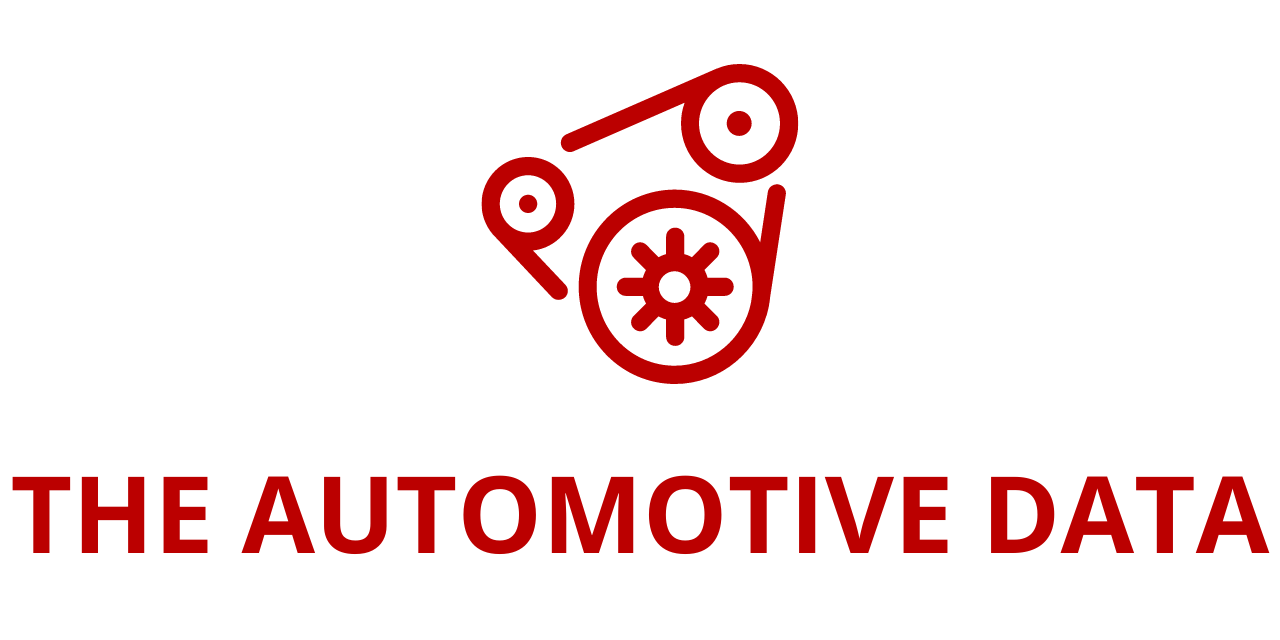
North America Medium and Heavy-duty Commercial Vehicle Electronic Service Tools Market (2025–2030): A Deep Dive into Growth, Innovation, and Competitive Dynamics
The medium and heavy-duty commercial vehicle (CV) electronic service tools (EST) market in North America is entering a phase of gradual yet sustained growth, shaped by complex industry dynamics and technological evolution. According to the new research report titled “Medium and Heavy-duty Commercial Vehicle (CV) Electronic Service Tools Market, North America, 2025–2030”, added to ResearchAndMarkets.com, the sector is being propelled by advancements in vehicle electronics, a demand for efficient fleet operations, and the increasing importance of compliance with emissions regulations.
Market Overview
The North American market is experiencing steady expansion as the commercial vehicle industry adapts to growing expectations for performance, uptime, and digital transformation. Modern trucks, particularly in the Class 6–8 segments, now feature advanced electronics, telematics, and connectivity solutions. These systems require equally sophisticated service tools to handle diagnostics, updates, and maintenance. As a result, the adoption of electronic service tools—ranging from handheld diagnostics to cloud-connected software—is accelerating.
One of the primary growth catalysts is the rising complexity of truck systems. Modern heavy-duty trucks are equipped with intricate engine management, ADAS (Advanced Driver Assistance Systems), and alternative fuel systems, which demand specialized tools and software. These tools enable faster, more accurate diagnostics, helping reduce downtime and improve vehicle utilization.
Regulatory Pressures and Fleet Demands
Environmental regulations are a central driver in this market. Agencies like the U.S. Environmental Protection Agency (EPA) continue to tighten emission standards, urging fleets to use diagnostic tools that ensure regulatory compliance. Electronic service tools provide fleet operators with the ability to detect issues in real-time, monitor emissions, and maintain peak performance.
In parallel, fleet owners are prioritizing operational efficiency and cost reduction. ESTs empower fleet managers by enabling predictive maintenance, remote diagnostics, and data-driven decision-making. These tools enhance vehicle lifespan and help avoid costly breakdowns, aligning with the broader industry trend of shifting from reactive to proactive service models.
Competitive Landscape
The market is populated by a mix of established OEMs, Tier I suppliers, and increasingly prominent aftermarket and software companies. Leading OEMs and engine manufacturers include:
- Daimler Trucks North America
- Volvo Group (including Mack Trucks)
- PACCAR Inc. (including Peterbilt and Kenworth)
- Navistar International
- Cummins Inc.
In the aftermarket space, key players include:
- Noregon Systems
- Snap-on Inc.
- TEXA S.p.A.
- Autel Intelligent Technology
- Cojali USA
- Launch Tech
Notably, several European EST providers are expanding into North America, bringing modular, customizable, and cloud-based offerings to meet evolving customer expectations.
Emerging Trends Reshaping the EST Market
1. Cloud-based and Mobile Diagnostics
One of the most transformative trends is the shift toward cloud-enabled ESTs. Cloud connectivity facilitates real-time diagnostics, remote updates, centralized data storage, and seamless integration with fleet management systems. Technicians can now access diagnostic information via mobile apps, increasing flexibility and efficiency in service delivery.
2. Shop Automation and Technician-as-a-Service (TaaS)
The growing use of automation in service shops is another trend to watch. TaaS models are emerging, allowing fleets and workshops to outsource diagnostics and maintenance tasks to expert service providers. This model enhances service scalability and helps alleviate technician shortages.
3. Product Modularity and Customization
Tool manufacturers are increasingly offering modular solutions that allow workshops to select specific functionalities, avoiding the one-size-fits-all approach. Customizable diagnostic packages are particularly beneficial for mixed-fleet operators and independent service shops.
4. Integration with Telematics and AI
The integration of ESTs with telematics systems provides deeper visibility into vehicle health and performance. AI-powered analytics add another layer of capability, enabling predictive diagnostics and automated troubleshooting recommendations—critical for minimizing downtime.
Growth Drivers
The study identifies the following key growth drivers:
- Tightening Emissions Standards: Pushes adoption of advanced diagnostics.
- Vehicle System Complexity: Demands more sophisticated and adaptable tools.
- Operational Efficiency Goals: Fleets seek to reduce maintenance costs and boost uptime.
- Safety and Compliance Needs: ESTs are vital for adhering to regulatory and safety standards.
- Fuel Economy Optimization: Tools that help fleets monitor and improve fuel efficiency are in demand.
Market Restraints
However, several challenges could hinder growth:
- Integration Complexity: Compatibility with older vehicle models remains a barrier.
- High Upfront and Recurring Costs: Software licensing, calibration, and tool maintenance increase total cost of ownership.
- Market Saturation and Standardization: With limited innovation among dominant players, commoditization may stall growth.
- Resistance Among Small Shops: Independent workshops may be reluctant to adopt new technologies due to cost and training gaps.
Strategic Imperatives Shaping the Market
1. Transition to Product-as-a-Service (PaaS)
Vendors are moving beyond standalone software or hardware toward comprehensive service packages. By bundling diagnostics, updates, and even technician support, companies are creating subscription-based offerings tailored to the needs of modern fleet operators.
2. Addressing Technological Disruption
Despite a slowdown in heavy-duty EV adoption, fleets are increasingly experimenting with alternative fuels like hydrogen and natural gas. This shift demands diagnostic tools capable of supporting varied powertrain technologies.
3. Intensifying Aftermarket Competition
As the average age of trucks rises across North America, demand for aftermarket diagnostics grows. Aftermarket players are stepping up with flexible pricing models, extensive support networks, and innovative features to compete with OEMs.
Forecasts and Market Metrics
The study provides in-depth forecasts, including:
- EST units in use (2025–2030)
- EST penetration rates across OEM and aftermarket segments
- Revenue forecasts for PC-based software, handheld tools, and total EST solutions
- Market share breakdown by OEMs, Tier I suppliers, and independent vendors
The report also presents detailed benchmarking of OEM and aftermarket offerings, comparing feature sets, pricing models, delivery mechanisms, and business models.
Key Developments and Partnerships
Some recent notable developments include:
- Cummins’ push into hydrogen fuel solutions
- Noregon Systems’ collaboration with ZF for enhanced diagnostics
- Mitchell 1 and NEXIQ’s partnership to simplify truck diagnostics
These alliances reflect a broader trend toward ecosystem-based innovation, with diagnostics vendors aligning with parts manufacturers, telematics providers, and fleet service platforms.
Growth Opportunities
The report outlines three major growth opportunities:
- Telematics Integration: Connecting ESTs with telematics platforms for smarter diagnostics.
- Shopfloor Automation Services: Automating repair workflows using AI and IoT.
- Technician-as-a-Service Models: Offering diagnostics and repair support as outsourced services.






